Seller's Tips: How to determine card condition
By Dusty Stokes
Selling Magic: The Gathering cards online requires a skill that is often overlooked but is of critical importance – the ability to quickly and accurately judge the condition of a given card. Incorrectly assessing card condition can lead to an increase in returns and a reduction in a vital metric for our customers – trust. In this guide, we will explore the key factors to consider when determining the condition of your cards.
Grading Scale
Magic cards follow a grading scale ranging from “Near Mint” to “Damaged,” a standard set by most sales sites:
Near Mint (NM):
Cards in this condition appear fresh out of the pack with clean corners, vibrant colors, and no noticeable flaws.
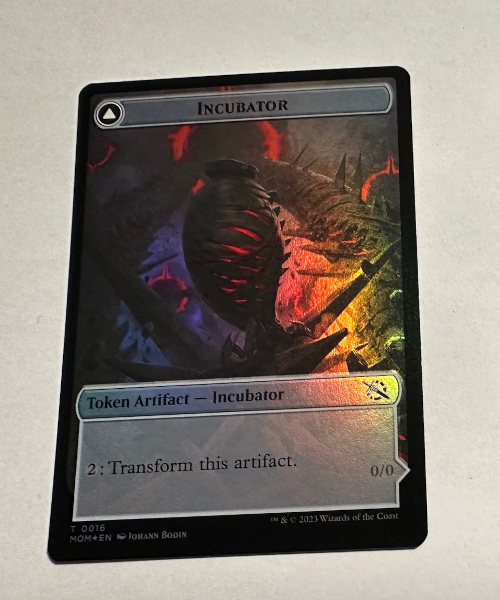
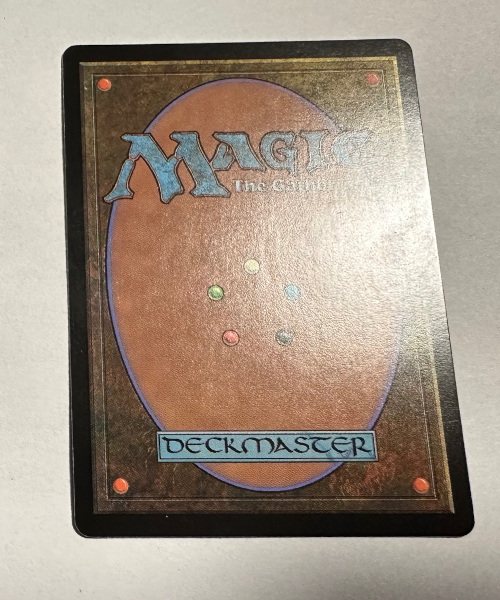
Lightly Played (LP):
Cards in slightly played condition may have minor flaws like small scratches or slight wear on the edges, but these imperfections should not significantly impact the card’s overall appearance.
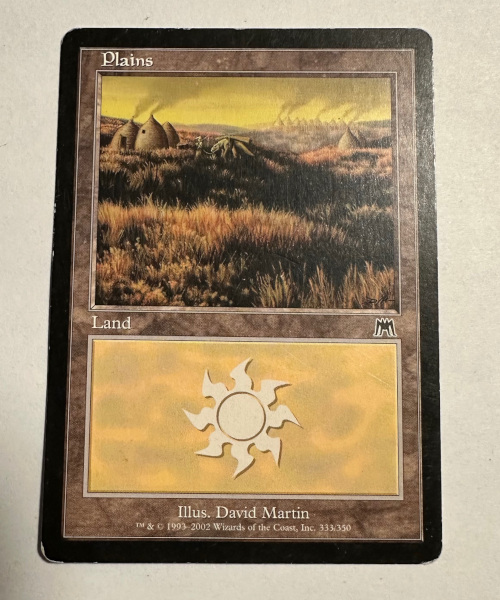
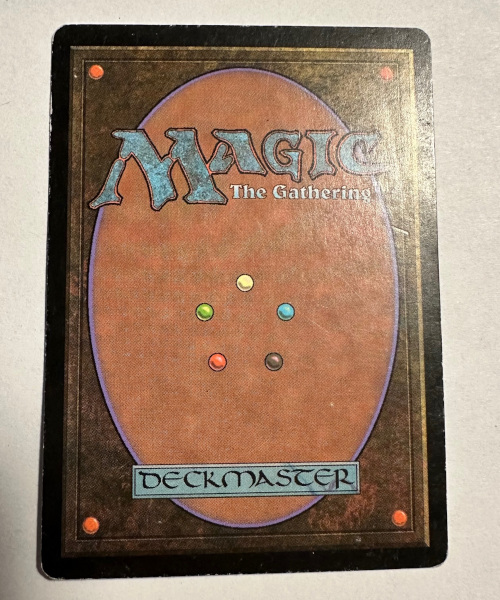
Moderately Played (MP):
Cards in moderately played condition exhibit noticeable wear, including more prominent scratches, edge wear, or some cloudiness on the card’s surface.
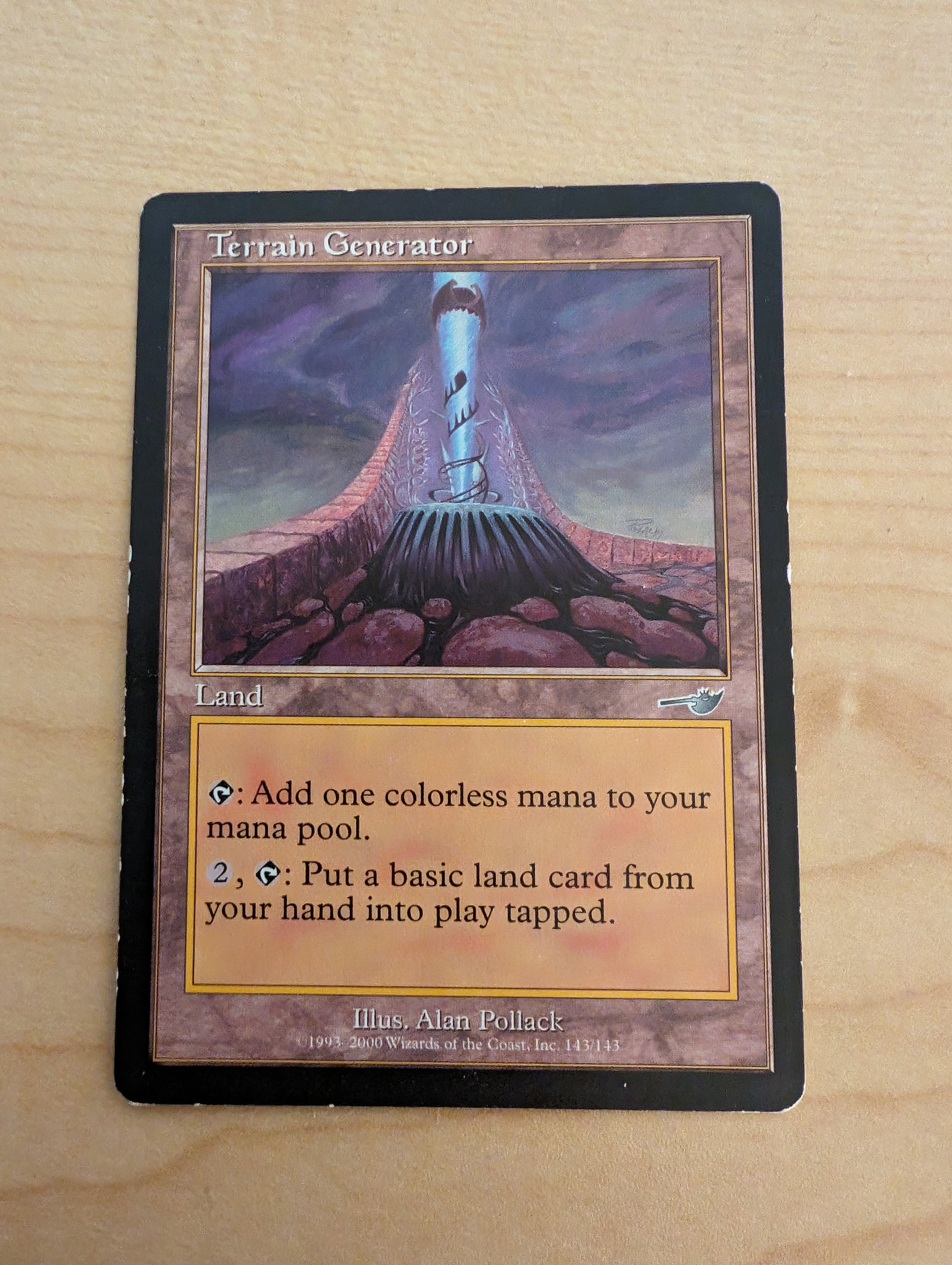
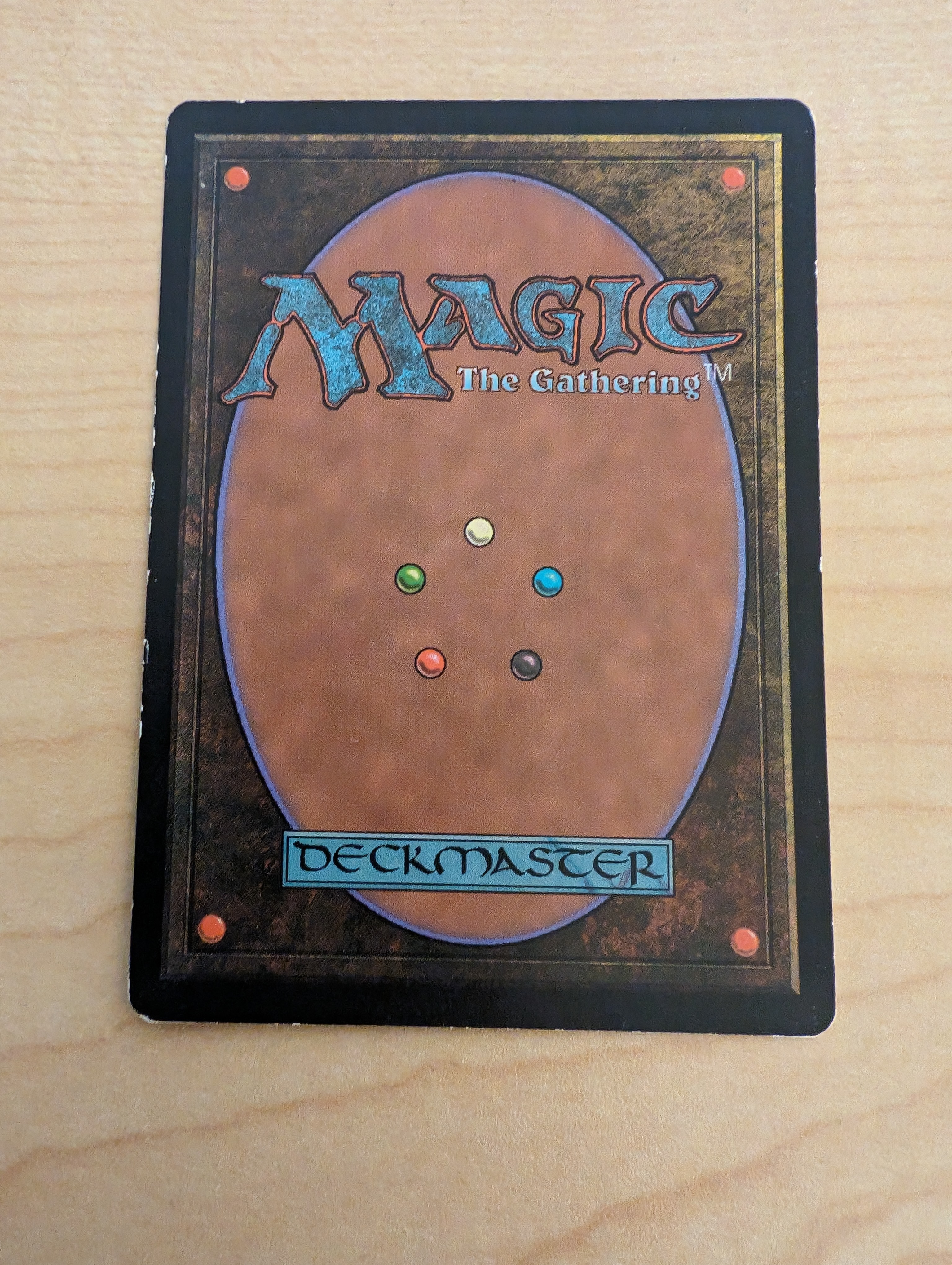
Heavy Play (HP):
Cards in heavy play condition have substantial wear, including creases, bent corners, and potentially significant damage.
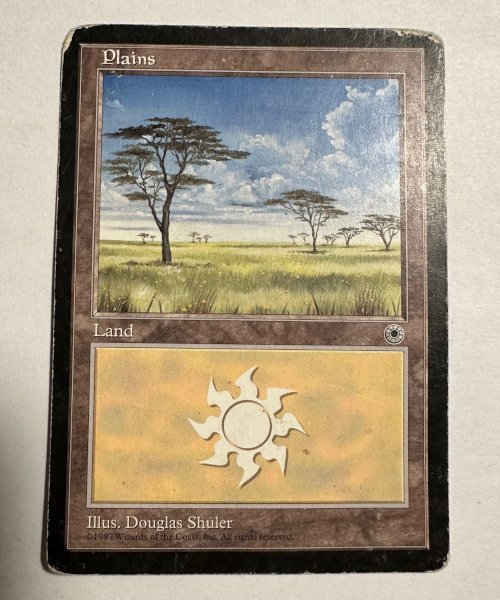
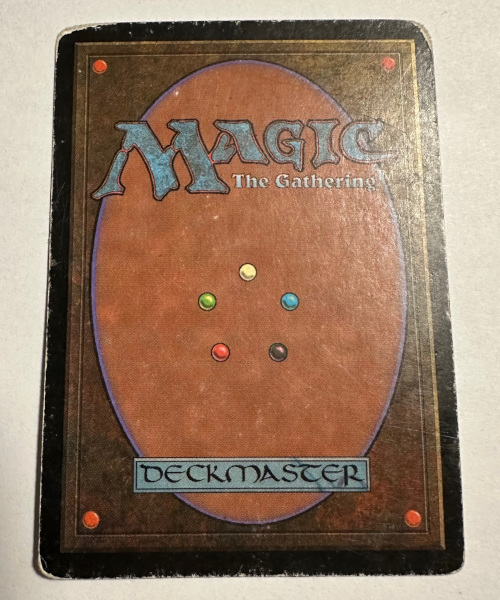
Damaged (DMG):
Cards in poor condition are heavily damaged, with severe creases, water damage, or other significant flaws. They may have limited value and are generally not sought after by collectors. If the card is not sleeve playable it is certainly damaged.
Key Factors to Consider
When evaluating your cards for condition, pay close attention to the following key factors:
Card Surfaces:
Examine the surfaces for signs of wear or damage, including scratches, scuffs, and dings. Warping or bending should also be checked, as it can impact the card’s overall condition.
Corners and Edges:
Clean, flat corners and crisp edges indicate excellent condition. Watch out for fraying or rounding of the corners, as well as any white edges resulting from wear.
Centering:
Proper centering, referring to the alignment of the card’s artwork within its borders, is crucial. Cards with perfect centering are more desirable among collectors. Ensure the artwork is evenly spaced within the card’s frame to determine its centering.
Other Considerations
The criteria mentioned above encompass the majority of conditions a card may fall into. However, occasionally, you may observe less common flaws such as inking, water damage, or cards that have been signed or altered. Generally, unless these flaws are incredibly minor, they will categorize the card as being damaged. Yet, if a card is a misprint (featuring crimped edges, mis-cuts, or misprints), it might command a premium from certain collectors. Signed and altered cards also hold appeal for a subset of collectors.
Understanding how to properly condition your cards for sale is a fundamental sales task that you will improve with practice. The more accurate you become, the better reviews you will get and happier customers you will serve, ultimately building trust in your online community.